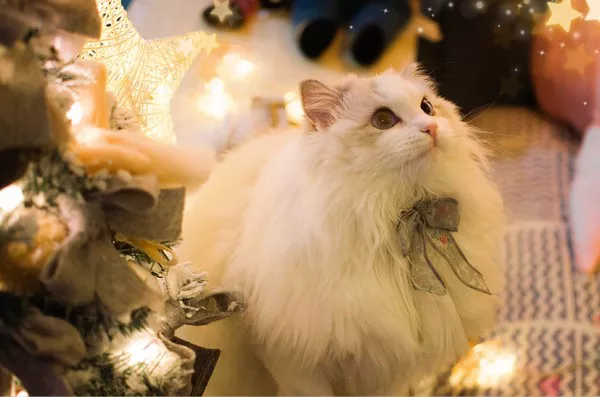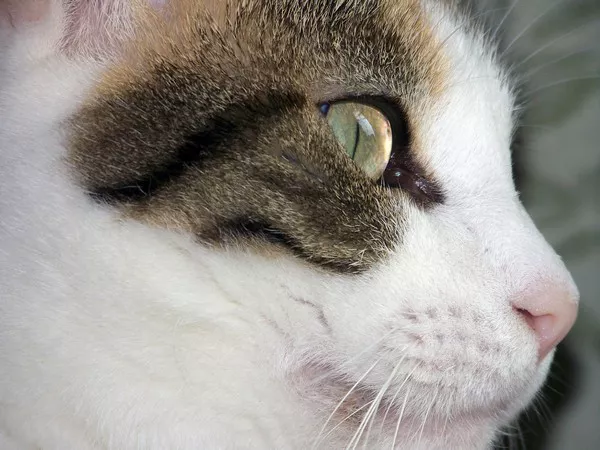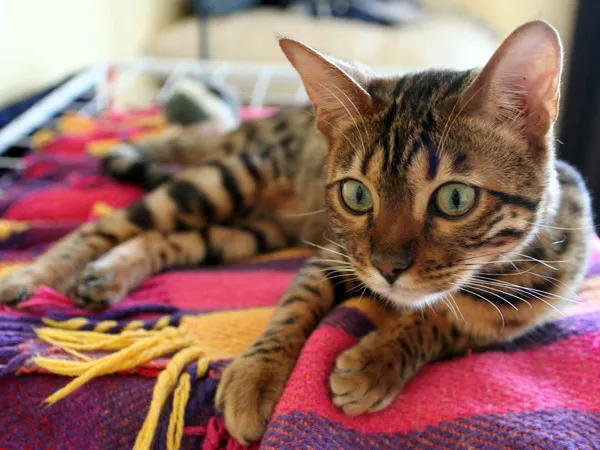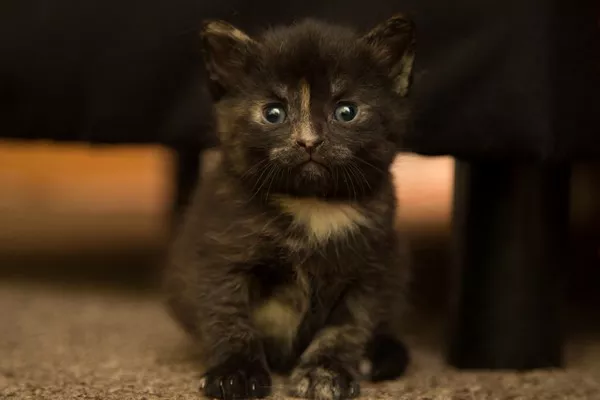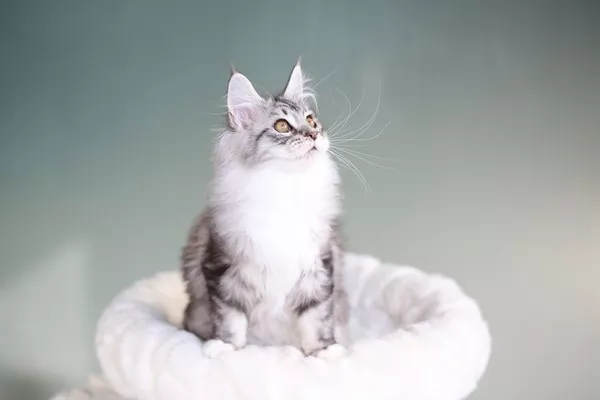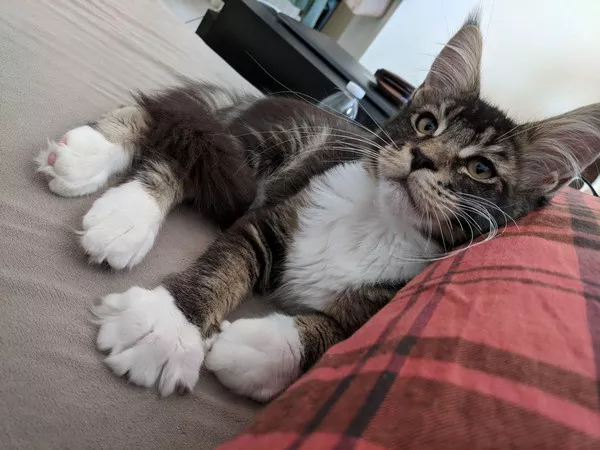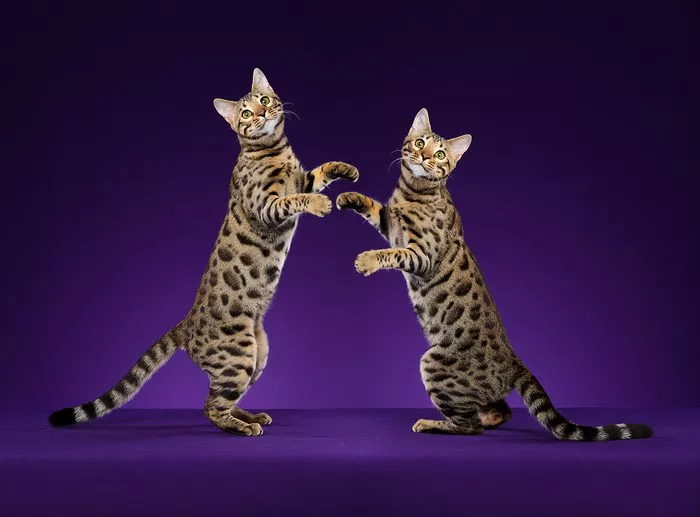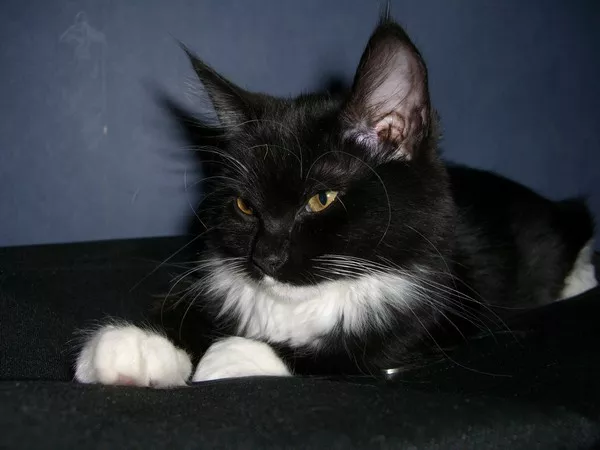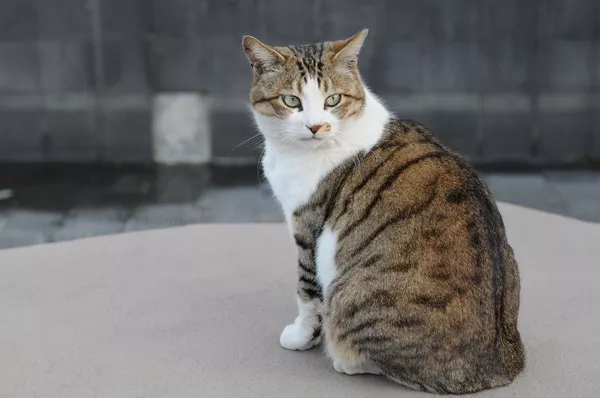Ragdoll cats are a popular breed among cat enthusiasts. They are known for their gentle and affectionate nature, making them great pets for families with children. One common question that often arises among potential Ragdoll owners is whether or not all Ragdolls have blue eyes. In this article, we will explore this topic in detail, separating fact from fiction.
Origins of the Ragdoll Breed
To understand the answer to this question, it is essential to first understand the origins of the Ragdoll breed. The Ragdoll breed was first developed in California in the 1960s by a woman named Ann Baker. Baker wanted to create a breed of cat that was gentle and relaxed, which led her to selectively breed cats that exhibited these traits. The Ragdoll breed quickly gained popularity among cat enthusiasts and is now recognized as an official breed by major cat associations.
The Genetics of Eye Color
Eye color in cats is determined by genetics. There are two pigments that contribute to eye color in cats: eumelanin, which is responsible for black and brown colors, and pheomelanin, which is responsible for yellow, orange, and red hues. The amount and distribution of these pigments determine the final color of a cat’s eyes.
Blue Eyes in Cats
Blue eyes in cats occur due to a lack of pigmentation in the iris. This lack of pigmentation allows light to scatter within the iris, creating the appearance of a blue hue. Blue eyes are most commonly seen in Siamese cats, although they can occur in other breeds as well.
Do All Ragdolls Have Blue Eyes?
Contrary to popular belief, not all Ragdolls have blue eyes. While blue eyes are a common trait in Ragdolls, the breed standard allows for a range of eye colors, including blue, green, gold, and odd-eyed (each eye a different color). In fact, some Ragdolls may even have blue and green eyes in the same eye.
The reason why blue eyes are often associated with Ragdolls is due to their pointed pattern. Pointed cats have a gene that causes pigmentation to be restricted to certain areas of the body, such as the face, ears, paws, and tail. This gene also affects the eyes, causing them to be a lighter color than the rest of the body. As a result, Ragdolls with pointed patterns are more likely to have blue eyes than those without.
Other Factors That Affect Eye Color in Ragdolls
While genetics play a significant role in determining eye color, there are other factors that can affect the final color of a Ragdoll’s eyes. For example, age can influence eye color. Kittens are often born with blue eyes, which gradually change color as they mature. The final eye color of a Ragdoll may not be fully determined until they are between three and four months old.
Environment can also play a role in eye color. Sunlight exposure, for instance, can cause the iris to darken over time. Diet may also influence eye color, as certain nutrients are necessary for healthy eye development.
Conclusion
In conclusion, while blue eyes are a common trait in Ragdoll cats, not all Ragdolls have blue eyes. The breed standard allows for a range of eye colors, including blue, green, gold, and odd-eyed. Eye color in cats is determined by genetics, but other factors such as age, environment, and diet can also influence the final color of a cat’s eyes. If you are considering adopting a Ragdoll, it is important to remember that eye color should not be the only factor in your decision. Focus on finding a cat that matches your lifestyle and personality, regardless of their eye color.

